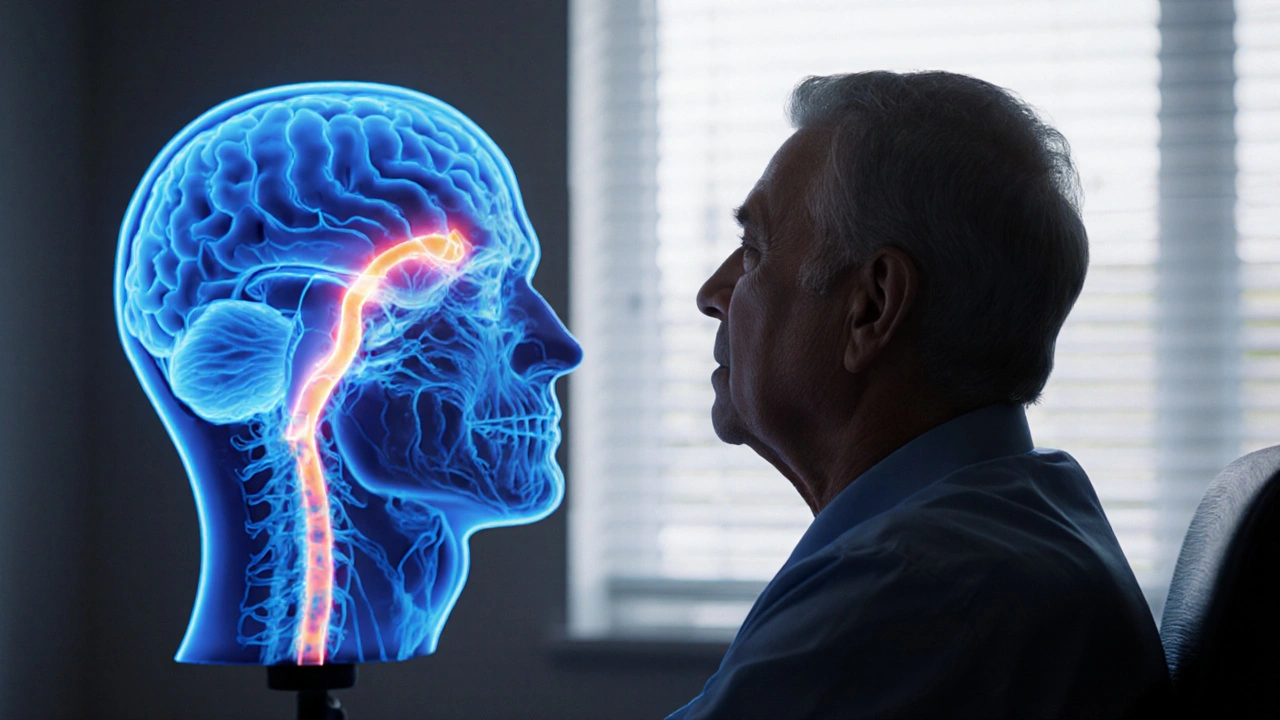Stroke Vision Impact: How Stroke Affects Sight and What You Can Do
When a stroke, a disruption of blood flow to the brain that kills brain cells. Also known as a cerebrovascular accident, it doesn’t just weaken your arm or mess with your speech—it can wreck your vision. Many people don’t realize that up to 60% of stroke survivors deal with some kind of vision problem. That’s not rare. It’s common. And it’s often overlooked because the focus is on walking, talking, or swallowing. But if you can’t see your grandkid’s face or read the time on your clock, recovery feels incomplete.
Stroke vision impact isn’t one thing. It’s a group of problems tied to where the stroke hit. If the back of your brain—the occipital lobe—gets damaged, you might lose half your visual field. That’s called hemianopia. You don’t go blind. You just stop seeing things on one side, like your left eye can’t see anything to the left anymore. Your brain fills in the gap, so you don’t notice it right away. But you bump into doorframes, miss food on your plate, or fail to see cars coming from the side. If the stroke hits nerves controlling eye movement, you get double vision or eyes that won’t track together. Some people can’t focus on close objects. Others can’t process motion or recognize faces. These aren’t eye problems. They’re brain problems. And they need different treatment than glasses or drops.
Recovery isn’t guaranteed, but it’s possible. Vision therapy, special prism glasses, and scanning training help many people adapt. Physical therapists and occupational therapists often work with neuro-optometrists to retrain the brain. It’s not magic. It’s repetition. It’s practice. It’s learning to turn your head more to catch what your eyes miss. And it’s not just about sight—it’s about safety, independence, and dignity. You shouldn’t have to live in a world where half the room is invisible.
The posts below cover real stories and practical tools. You’ll find guides on how stroke changes vision, what treatments actually work, how to spot warning signs early, and what rehab options are available. Some posts compare eye medications used in recovery. Others talk about how stroke affects daily tasks like reading or driving. No fluff. Just clear, direct info from people who’ve been through it—or helped them through it.
Explore how stroke disrupts vision and visual perception, the common deficits like hemianopia and neglect, diagnosis, rehab strategies, and tips for patients and caregivers.

